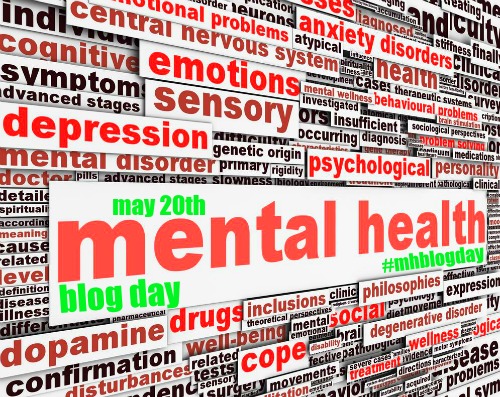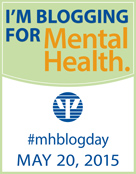26
Feb
2016
2016
Social Anxiety in Young Children
by Dr. Deena Abbe, Ph.D.
Sometimes, walking into kindergarten can be super scary; new children, new teacher, no mommy. It may take a few days or weeks for some children to warm up and be comfortable. Those who don’t warm up, who continue to cry and have difficulty adjusting to novel social situations may be suffering from Social Anxiety. Social Anxiety doesn’t end in kindergarten, but may continue throughout a person’s lifespan. In young children, parents and caregivers are more likely to schedule social interactions, which help young children become less socially anxious.
A recent study by Hoff et al (2015) found that older children who suffered from social anxiety had greater difficulty in social, academic, and overall functioning as they aged, even when home and family problems decreased. Interestingly, these social and academic problems were greater among children who suffered from social anxiety than those who suffered from other types of anxiety.
It’s possible that socially anxious adolescents are more able to avoid social situations, whereas younger children’s social calendar is controlled by their parents. Whatever the cause, early intervention for social anxiety might prevent socially anxious younger children from becoming socially anxious adolescents and adults.
Hoff, A.L., Kendall, P.C., Langley, A., Ginsburg, G., Keeton, C., Compton, S., … Piacentini, J. (2015) Developmental differences in functioning in youth with social phobia. Journal of Clinical Child and Adolescent Psychology. http://dx.doi.org/10.1080/15374416.2015.1079779


 Today is Mental Health Blog Day and I remember when my son was first officially diagnosed with ADHD, he was about 6 years old. Kindergarten. Hmm…. How to explain to him, “Yeah! You were diagnosed with a neurological disorder that makes you move, and fidget, and call out, and have some social issues with your peers!” No matter how smart he was, that wouldn’t go over well.
So I started thinking; in life, everyone has something. Some people are good at sports, but not a reading. Some people have difficulty letting go of their blankie. Sometimes, people’s strengths and weaknesses don’t have a name: they are just a group of behaviors, while sometimes if we’re lucky, those groups of behaviors have a label. That’s good; in many cases that means that there are many other people who also have those behaviors and we may know how to help. Many times, when we give something a label or a name, it means that it’s real. It validates the experience. So that’s what I did for my son. What’s good about this approach is that it normalizes the experience for kids. It also gives parents much needed perspective. ADHD isn’t a bad thing. It’s just a thing…and everyone has to deal with something. Feel free to read more of my blog posts here:
Today is Mental Health Blog Day and I remember when my son was first officially diagnosed with ADHD, he was about 6 years old. Kindergarten. Hmm…. How to explain to him, “Yeah! You were diagnosed with a neurological disorder that makes you move, and fidget, and call out, and have some social issues with your peers!” No matter how smart he was, that wouldn’t go over well.
So I started thinking; in life, everyone has something. Some people are good at sports, but not a reading. Some people have difficulty letting go of their blankie. Sometimes, people’s strengths and weaknesses don’t have a name: they are just a group of behaviors, while sometimes if we’re lucky, those groups of behaviors have a label. That’s good; in many cases that means that there are many other people who also have those behaviors and we may know how to help. Many times, when we give something a label or a name, it means that it’s real. It validates the experience. So that’s what I did for my son. What’s good about this approach is that it normalizes the experience for kids. It also gives parents much needed perspective. ADHD isn’t a bad thing. It’s just a thing…and everyone has to deal with something. Feel free to read more of my blog posts here: 